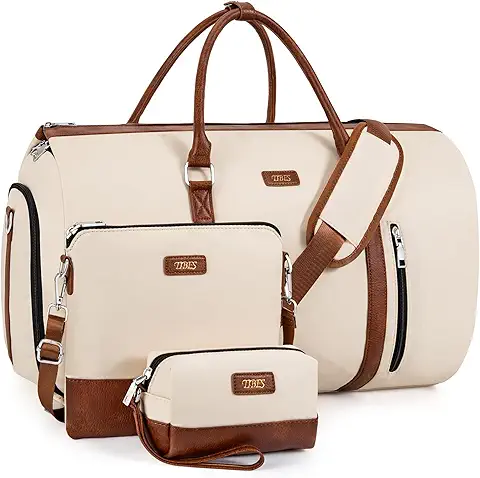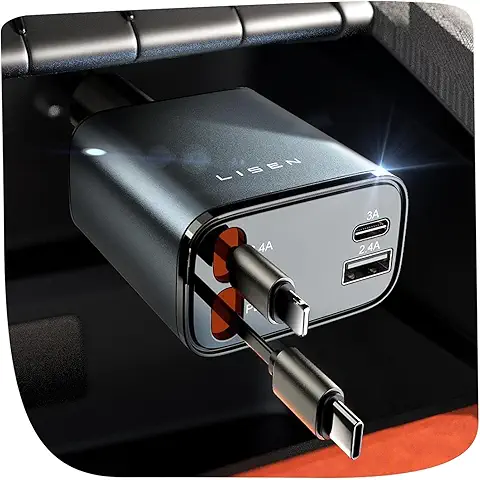US Travel News : TSA Ends Shoes-Off Airport Security Policy Nationwide


In a landmark shift poised to transform airport experiences for millions, the Transportation Security Administration (TSA) officially announced the end of the nearly two-decade-old policy requiring travelers to remove their shoes during security screening. This new procedure is now in effect nationwide, marking a significant milestone in the evolution of airport security in the United States.
The announcement came during a high-profile press conference at Ronald Reagan Washington National Airport, led by Department of Homeland Security Secretary Kristi Noem. It signals a major modernization of security protocols, made possible by advances in screening technology and risk-based passenger assessment systems. For travelers weary of long security lines and inconvenient shoe removals, this update promises a smoother, faster, and less intrusive airport experience.
How the Shoes-Off Rule Began: The Legacy of the "Shoe Bomber"
To understand the significance of this change, it’s essential to revisit why the shoes-off rule was implemented in the first place. The policy dates back to December 2001, shortly after the attempted bombing of American Airlines Flight 63 by Richard Reid, dubbed the “shoe bomber.”
Reid’s plan was to detonate explosives hidden in his shoes while flying from Paris to Miami. Though the attack failed, it exposed a vulnerability in aviation security that prompted immediate global response. In 2006, the TSA mandated that all passengers remove their shoes during security checks to allow full X-ray scanning of footwear and prevent concealed threats.
For nearly 20 years, removing shoes became a normalized, albeit unpopular, part of the U.S. air travel experience. Passengers frequently expressed frustration, especially during busy travel periods or in colder weather when shoe removal was cumbersome and uncomfortable. The policy also caused delays that compounded congestion in already crowded airport terminals.
Why the TSA is Ending the Shoes-Off Rule Now
The decision to scrap the shoes-off rule reflects broader technological advancements and a more sophisticated approach to security screening. Modern full-body scanners and advanced imaging technology now offer comprehensive threat detection without requiring shoe removal for most travelers.
The TSA’s layered security system, which includes behavioral detection officers, intelligence sharing, and random secondary screenings, allows for more targeted and efficient passenger vetting. Secretary Noem emphasized during the announcement, “We expect this change will drastically decrease passenger wait times at our TSA checkpoints, leading to a more pleasant and efficient passenger experience.”
Recent TSA data showed that millions of travelers could shave precious minutes off their security line waits, potentially saving hundreds of hours collectively each day across airports nationwide. For a system processing over 10 million flights and more than one billion passengers annually, these improvements carry substantial operational and passenger satisfaction benefits.
.jpg)
What Travelers Should Know About the New Policy
While shoe removal is no longer required for the majority of passengers, some exceptions remain. Security officers may still ask specific individuals to remove their shoes if a more detailed inspection is warranted, such as in cases where scanners detect anomalies or when random secondary screenings are conducted.
Here’s a breakdown of what travelers can expect:
- Shoes Stay On for Most: The standard screening procedure now allows passengers to keep their footwear on while walking through scanners.
- Selective Shoe Removal: TSA agents retain discretion to request shoe removal for additional inspection when deemed necessary.
- TSA PreCheck Remains Valuable: The expedited screening program still offers benefits beyond shoe removal, including no need to remove belts, jackets, or laptops.
- Other Security Measures Continue: Travelers must continue to present valid identification, undergo identity verification through the Secure Flight program, and pass through metal detectors or advanced imaging technology.
Impact on U.S. and International Travel
This policy update could significantly enhance the reputation of U.S. airports on the international stage. Over recent years, the United States has grappled with negative perceptions due to long wait times and cumbersome security procedures, leading to travel advisories from some countries.
By aligning screening practices more closely with those in Europe and Asia where shoe removal has largely been phased out, the U.S. aims to present itself as a more traveler-friendly and efficient destination. This alignment is particularly important as the country seeks to boost tourism post-pandemic and prepare for major global events like the 2028 Los Angeles Olympic Games.
Technological Innovations Behind the Change
The TSA’s ability to end the shoes-off rule is largely due to investments in advanced screening technology. The deployment of Computed Tomography (CT) scanners, capable of producing 3D images and detecting explosives within shoes and other carry-ons, has been a game changer.
These machines allow TSA officers to conduct detailed inspections without physical removal of items, reducing bottlenecks and improving passenger flow. CT technology is also better at identifying prohibited items, reducing false alarms, and enhancing overall security effectiveness.
In addition, AI-powered threat detection algorithms analyze scanner images in real-time, highlighting suspicious objects for further review. This integration of human and technological resources exemplifies the “layered security” model that balances convenience with vigilance.
TSA PreCheck and the Future of Airport Screening
Though the general public benefits from the end of shoe removal, the TSA PreCheck program remains a highly recommended option for frequent travelers. Launched in 2013, PreCheck allows vetted passengers expedited screening with minimal removal of clothing and devices.
Secretary Noem reassured travelers that PreCheck’s value endures: “When they have TSA PreCheck, they won’t have to take off their belt or coat or remove laptops or compliant liquids from their bags, ensuring an even faster, more convenient screening experience.”
PreCheck’s enrollment numbers have steadily increased, reflecting consumer demand for speed and comfort. It also supports risk-based screening by focusing resources on higher-risk passengers while facilitating trusted traveler flows.
Expert Opinions and Traveler Reactions
Industry experts praise the TSA’s move as a long-overdue modernization. Aviation security analyst Mark Thompson commented, “This policy change shows that technology has caught up to policy. The shoe bomber threat is mitigated by superior imaging capabilities, and removing this inconvenience benefits both travelers and airport operations.”
Traveler feedback on social media and early implementations at pilot airports has been overwhelmingly positive. Many travelers report quicker processing and less hassle, contributing to reduced stress and improved satisfaction.
What This Means for Airlines and Airports
Airports and airlines are also expected to benefit. Shorter security lines can improve on-time departures and reduce passenger anxiety. This can translate to better customer reviews and potentially increased loyalty.
Furthermore, as airports prepare for surges in travel demand, especially ahead of events like the 2028 Olympics and holiday seasons, streamlined security processes will be critical to handling volume efficiently.
Some airports have already started infrastructure upgrades to accommodate faster screening, including expanded screening lanes and increased CT scanner deployments.
Looking Ahead: The Future of Passenger Screening
The end of the shoes-off rule is just one step in an ongoing evolution of airport security. The TSA and other agencies are exploring biometric identification, facial recognition, and touchless screening technologies to further expedite passenger processing while maintaining rigorous safety standards.
The pandemic accelerated interest in contactless travel processes, and recent TSA pilots with automated identity verification show promise for smoother, faster journeys.
With increasing passenger volumes forecasted over the coming years, balancing security and convenience remains paramount. The TSA’s latest policy update reflects a broader trend toward smart, passenger-centric airport experiences.
Summary: What Travelers Need to Remember
- The TSA no longer requires shoe removal for most travelers nationwide.
- Shoes may still be removed upon request for secondary screening.
- TSA PreCheck remains a valuable option for expedited screening.
- Advanced CT scanners and layered security systems underpin the change.
- U.S. airports align more closely with international screening standards.
- The update improves traveler experience and airport efficiency, supporting tourism growth.
- Other security procedures remain in place to ensure passenger safety.
As airports and security agencies embrace new technologies and smarter policies, travelers can look forward to more seamless and enjoyable journeys. The next time you fly, you may find your shoes stay firmly on your feet as you move swiftly through security signaling a new era in air travel.








